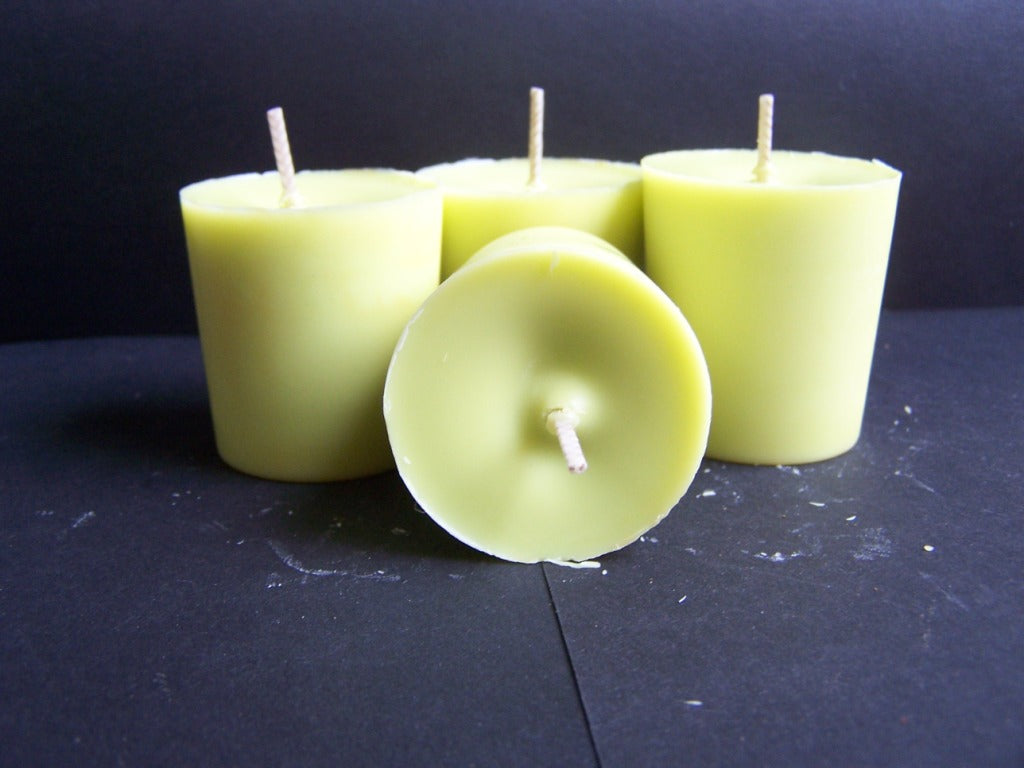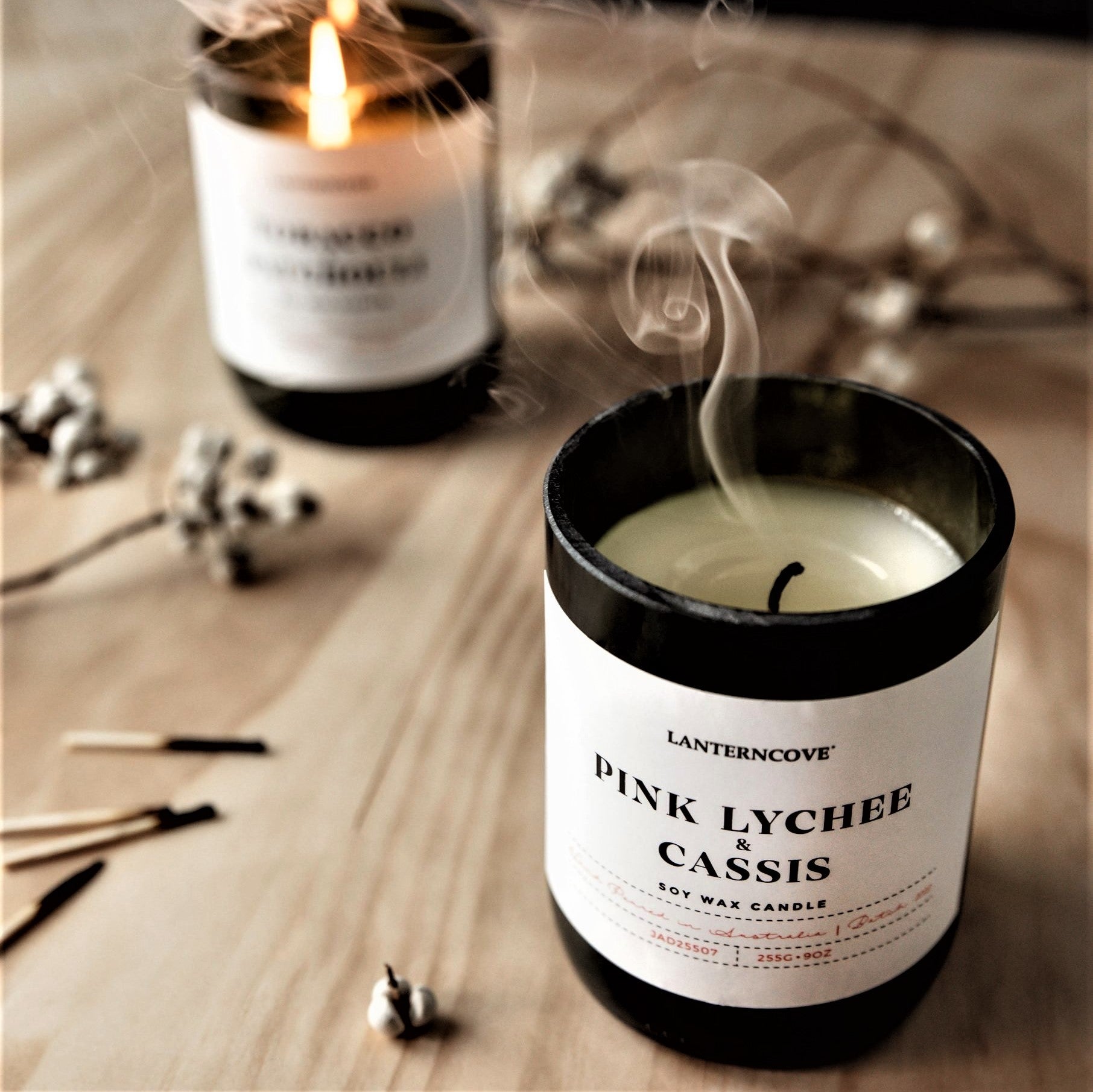Check out the Globe of Crystal Soy Candles and Home Fragrance Delights
Check out the Globe of Crystal Soy Candles and Home Fragrance Delights
Blog Article
From Wick to Wax: Understanding the Chemistry Behind Soy Wax Candles and Their Ecological Impact
As we brighten our areas with the cozy glow of candles, there lies a world of complex chemistry behind the seemingly simple act of lighting a soy wax candle. Join us as we unravel the clinical ins and outs behind soy wax candle lights and explore their effects on our setting.
Soy Wax Vs. Paraffin Wax
When contrasting soy wax and paraffin wax for candle making, it is important to comprehend the distinctive attributes and benefits of each product. Soy wax is a natural, eco-friendly resource acquired from soybean oil, making it environmentally friendly and eco-friendly - soy wax candles. On the other hand, paraffin wax is a result of petroleum refining, which elevates concerns about its ecological impact and sustainability
Soy wax candles melt cleaner and give off much less residue compared to paraffin wax candles, making them a much healthier selection for indoor air high quality. In addition, soy wax has a reduced melting factor, enabling a longer-lasting candle light that disperses scent better. Paraffin wax, on the other hand, often tends to melt faster and less cleanly, possibly releasing dangerous chemicals into the air.
From a sustainability viewpoint, soy wax is favored for its biodegradability and eco-friendly sourcing, lining up with the expanding consumer choice for environmentally aware products. While paraffin wax has actually been a conventional option in candle light making as a result of its cost and ease of use, the shift towards environmentally friendly choices like soy wax is obtaining momentum in the sector.
Chemical Composition of Soy Wax

Combustion Process in Soy Candles
The chemical make-up of soy wax straight influences the combustion process in soy candle lights, influencing aspects such as shed time, scent launch, and environmental impact. When a soy candle light is lit, the warm from the fire melts the wax near the wick.
The burning performance of soy candle lights is influenced by the pureness of the soy wax and the top quality of the wick. A clean-burning soy candle with a properly sized wick will reduce and generate a stable fire residue development. This not just prolongs the melt time of the candle yet also boosts the release of scents. In addition, soy wax candles have a lower ecological influence contrasted to paraffin candle lights as a result of their eco-friendly and eco-friendly nature.

Environmental Benefits of Soy Wax

Taken into consideration a sustainable choice to standard paraffin wax, soy wax uses noteworthy environmental advantages that make it a preferred option among eco-conscious consumers. One considerable advantage of soy wax is its sustainable sourcing. Soy wax is originated from soybean oil, which is mainly grown in the USA. The growing of soybeans aids support regional farmers and decreases the dependency on non-renewable fossil fuels utilized in paraffin wax production. In addition, soy wax is biodegradable, indicating it breaks down redirected here naturally without releasing unsafe toxins right into the atmosphere. This particular makes soy wax candle lights a much more eco pleasant option compared to paraffin wax candles, which are made from petroleum, a non-renewable resource. In addition, soy wax burns cleaner and generates less residue than paraffin wax, adding to much better indoor air top quality and reducing the need for cleaning and maintenance. On the whole, the environmental advantages of soy wax line up with the expanding need for lasting and green products on the market.
Recycling and Disposal Considerations
Reusing and appropriate disposal of soy wax candles play a crucial function in preserving ecological sustainability and decreasing waste in families and communities. The initial action is to guarantee that the candle light has burned totally when it comes to recycling soy wax candles. This can be attained by enabling the candle to burn up until the wick is no more usable, and afterwards allowing the staying wax cool and solidify. As soon as the wax has actually solidified, it can go to my site be thoroughly gotten rid of from the container.

In regards to disposal, if recycling is not a choice, soy wax candle lights are eco-friendly and can be securely dealt with in most household waste systems. However, it is always recommended to consult neighborhood recycling centers or waste management services for details guidelines on candle light disposal to guarantee appropriate handling and ecological security.
Final Thought
In final thought, the chemistry behind soy wax candle lights discloses their ecological advantages over paraffin wax candles. Soy wax, obtained from soybean oil, burns cleaner and generates less soot when compared to paraffin wax.
When contrasting soy wax and paraffin find here wax for candle light making, it is essential to understand the unique features and benefits of each product (crystal soy candles).Soy wax candles melt cleaner and produce much less soot contrasted to paraffin wax candles, making them a much healthier choice for interior air quality.Considered a lasting choice to conventional paraffin wax, soy wax uses noteworthy ecological benefits that make it a preferred option among eco-conscious consumers. Soy wax burns cleaner and creates much less soot than paraffin wax, contributing to much better indoor air top quality and decreasing the requirement for cleansing and maintenance.In verdict, the chemistry behind soy wax candles reveals their ecological benefits over paraffin wax candles
Report this page